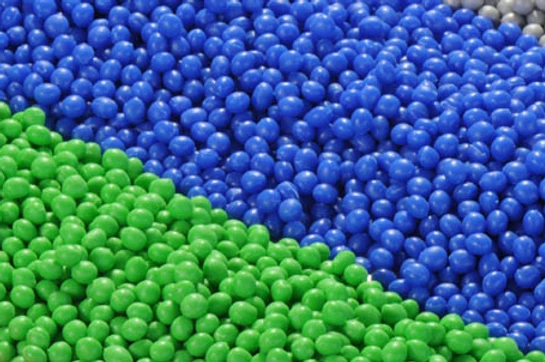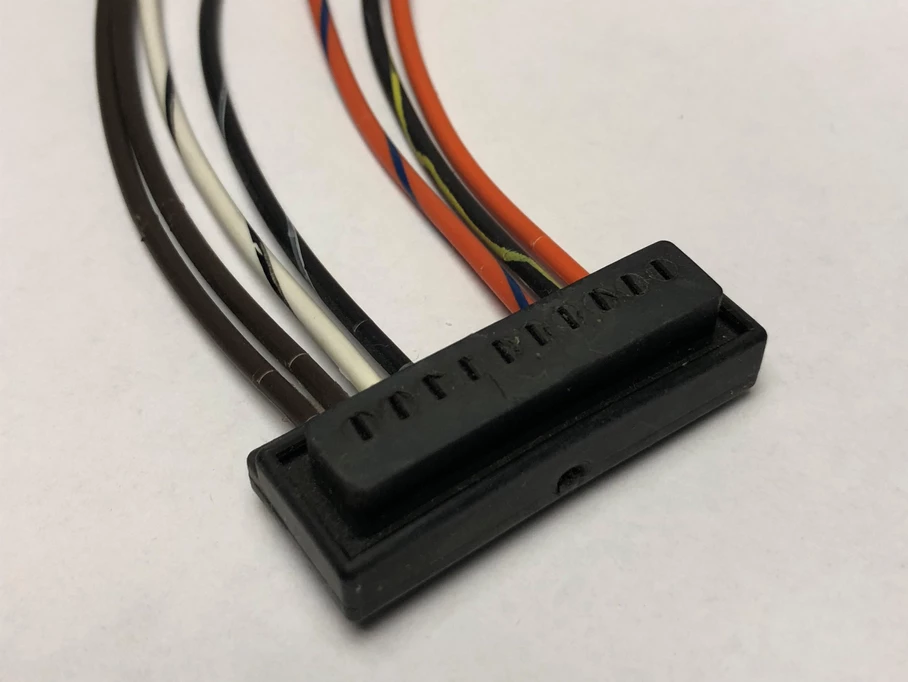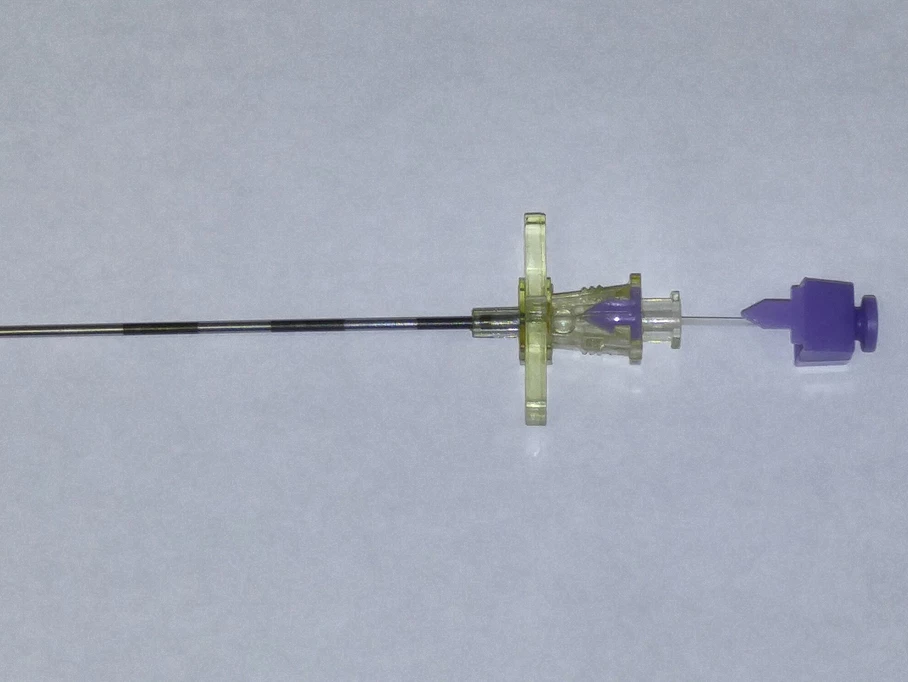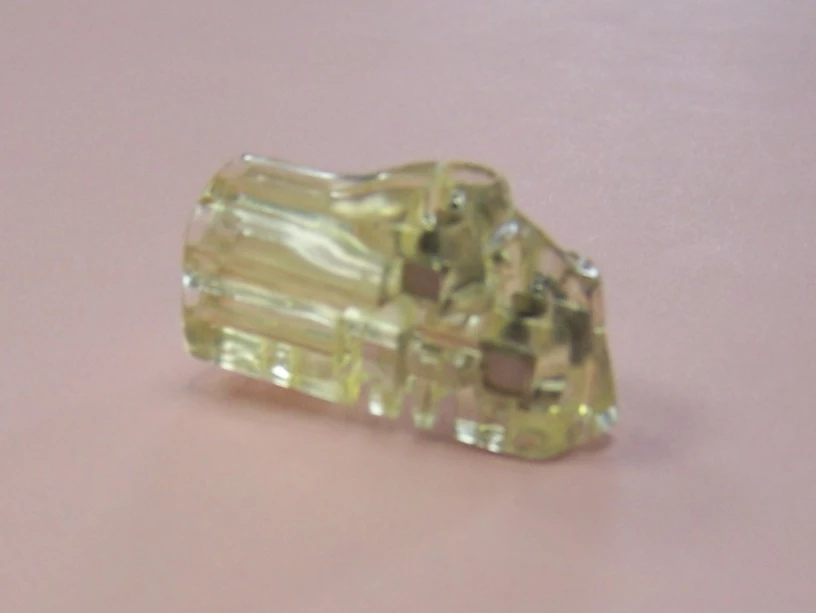Thermoplastic vs Thermoset Resins – Ultimate Guide | Aberdeen Technologies
For businesses, achieving success is all about evolution. As technology advances and business needs change, it's more important than ever to be able to adapt to the changing landscape—and that means ensuring you have the right tools and materials at your disposal.
And that's where thermoplastic resins come in. In a nutshell, thermoplastic resins are polymers with a variety of great properties, making them useful for many different applications in a wide range of industries. They boast a unique combination of ease of use and durability, and they're often used in insert molding—making them perfect for a number of manufacturing needs.
But why stop there? Thermoplastic resins can also be reformed after use, meaning you'll get even more bang for your buck with these materials.
Thermoset resins on the other hand are created via cross-linking—a process during which thermoset resins undergo chemical reactions to form long chains known as "polymers." The way this differs from thermoplastics is that once thermoset resins are formed, they won't melt or fuse when subjected to subsequent heating.
But beyond their basic properties, what sets these two types of resins apart? Read on for more detailed information about these versatile materials!
What Is a Thermoplastic?
Thermoplastic resins are a class of synthetic polymers that undergo reversible softening and hardening by means of thermal cycling. They have broad application in the manufacture of products ranging from automotive parts to toys — a transformative technology that is responsible for truly revolutionary advancements in design, function, and manufacturing efficiency. Thermoplastic resins continue to be a dynamic and growth-oriented material category. However, the properties and the applications of these polymers extend far beyond their use in manufacturing. Thermoplastic polymers can be used in several different industries such as electronics, industrial machinery, upholstery, and even jewelry — wherever tough; durable materials need to be lightweight.
Thermoplastic polymers are made from long chains of carbon-based molecules. Through a process called polymerization, these long chains are arranged in a repeating pattern. The repeating pattern is the "backbone" of the material, and it gives it its general characteristics. By altering the chemical makeup of the backbone, different types of thermoplastic resins can be created for specific applications.
At its core, a thermoplastic resin is any polymer that will become pliable or moldable above a specific temperature and return to a solid-state upon cooling. Because of this property, thermoplastics can be heated to their melting point, formed into the desired shape, and cooled to create an object with a permanent shape that won't change over time. In fact, this process can be repeated indefinitely without damaging the material.
This unique feature is what makes thermoplastic resins so versatile and adaptable to a wide range of applications. Because they are strong, durable, and resistant to corrosion, thermoplastics are used in the manufacture of everything from medical devices and packaging to construction materials and furniture. And because there is no limit to the types of shapes that can be made from the material, it's possible to create truly innovative designs with a level of accuracy and efficiency that simply wasn't possible before.
What Is Thermosetting Used For?
There are numerous uses and applications of thermosetting plastics. Here are some examples:
1. Medical Devices:
Thermoset plastics are used in medical devices for a variety of reasons. First, they're resistant to most chemicals. In the medical field, this is good because it means that there's a reduced chance of chemical reactions when using these devices. Second, thermosetting plastics are generally very strong and durable. This is good for devices like walking braces or prosthetics, which require a great deal of strength and durability. Finally, thermosetting plastics tend to be biocompatible; that is, they will not react with the body in any way. This is important for any device which will come into contact with blood or other bodily fluids.
2. Automotive Components:
Thermosetting plastics are used extensively in the automotive industry to manufacture a number of components, including bumpers and grilles, which are made from polycarbonate. Dashboards and other interior fittings are manufactured from polyurethane and polyester resins, while polyamide is used for high-pressure pipes.
3. Aircraft Components:
Thermosetting plastics are ideal for the manufacture of aircraft components as they have excellent stability at high temperatures and can withstand a lot of stress. They are also lighter than many metals, which is an added advantage for any vehicle that is constantly fighting gravity. Epoxy resins and phenolic resins are the most commonly used thermosetting plastics in the aerospace industry.
What Is Thermoplastic Used For?
1. Cables/Connectors:
Cables and connectors are a huge market for thermoplastic resins, and the applications in this category tend to require a high level of precision. Often, these components must be able to withstand the significant strain and abuse as part of their normal use. The great thing about thermoplastics is that they are incredibly strong yet also lightweight and flexible. This makes them ideal materials to use when making cables and connectors.
2. Electronics:
Electronic devices require specific qualities from their plastic components. They need to be able to withstand high temperatures, have a low dielectric constant (low levels of electrical conductivity), and have strong insulating properties. Thermoplastic resins are often used in the creation of electronic components due to these qualities. Thermoplastic resins are also useful in PCBs (printed circuit boards) and LED (light-emitting diode) manufacturing. The ability of thermoplastics to withstand high temperatures makes them ideal for the soldering process.
3. High-Heat Applications:
Thermoplastics can withstand high temperatures without deforming or breaking down. Many thermoplastic compounds do not start melting until they reach temperatures of around 300 degrees Fahrenheit. This makes thermoplastics an ideal material for engine parts, where they can withstand the extreme temperatures generated by a running engine. Thermoplastics are also used in the manufacturing of light bulbs, soldering irons, and other products designed to operate at high temperatures.
4. Micro Parts:
Thanks to injection molding, micro parts can be manufactured in large quantities at a low cost. The process is also ideal for mass-producing small components with high complexity, tight tolerances, and fine details. Micro parts are used in applications like medical devices, surgical tools, and electronic components that require strength, tight tolerances, and excellent dimensional stability.
Thermoplastic vs. Thermoset Resins
In the world of plastics, it's easy to get lost in all of the information about resins and materials. One of the most important questions to ask when designing a plastic product is whether your application requires a thermoplastic or thermoset resin.
1. Recyclability
Thermoplastics are polymers that can be repeatedly melted and re-used. Thermoset resins, on the other hand, cannot be melted without decomposition and will break into pieces if you try.
To better understand why this is, let's first start with a quick science lesson. All plastics are made of chains of polymers. These chains are long molecules connected by covalent bonds, which form a three-dimensional structure with intermolecular forces between them.
In thermoplastics, the polymers are linear and held together loosely by secondary interactions. This allows thermoplastic polymers to be melted at relatively low temperatures and easily stretched, reshaped, or recycled. When you heat up a thermoplastic polymer above its melting temperature (Tm), the secondary interactions break down, and the polymer chains move freely past one another.
In thermosets, the polymer chains are held together by covalent bonds in a cross-linked network that gives it its shape. This shape cannot be changed as it must stay intact for its intended use, such as flooring or cars. Thermosets are initially processed at high temperatures or through chemical reactions that cause them to melt and lose their shape (which is why they must be used immediately). Once this happens, there is no going back to their original form.
2. Fatigue Strength:
Thermoset resins definitely win in this category. Once cured, they produce a network polymer with a three-dimensional structure, which provides greater strength and stability than thermoplastics. This is especially important for applications that undergo repeated flexing or stress over time, such as jet engine components, car bumpers, and plumbing pipes.
3. Flexibility:
Thermoplastics are more flexible than thermosets. This allows manufacturers to create items in multiple colors, shapes, and sizes from the same batch of material. Items made from thermosets cannot be reshaped or recycled because they become permanently hardened during the curing process.
4. Heat Resistance:
Thermosets can withstand higher temperatures than thermoplastics before losing integrity, as well as maintain their strength at lower temperatures than thermoplastics. They also retain their properties under stress better than thermoplastics. When exposed to corrosive environments, thermosets resist degradation better than thermoplastics.
5. Adhesion:
Adhesion refers to how well a polymer will adhere to a substrate, such as wood or metal. This is determined by the molecular bonding between the polymer and the substrate.
During the manufacturing process of thermoplastics, the bonds between each monomer are very weak. These monomers are affixed to each other through chemical reactions that require heat and pressure. When the reaction is complete, high-energy radiation (UV light or high-frequency sound) breaks down the chemical bonds that hold the polymer molecules together – causing them to melt in a controlled fashion.
For thermoset compounds, monomers are blended with various catalysts and other ingredients at elevated temperatures and pressure, producing a positive network structure in which all of the chemical bonds are formed directly between molecules of resin and molecules of the substrate.
Thermosets have stronger bonds than thermoplastics because they form more cross-linking bonds between monomers during the manufacturing process. This makes them more resistant to breaking down during curing, which produces strong network structures that offer greater adhesion capabilities than thermoplastics.







Post a comment